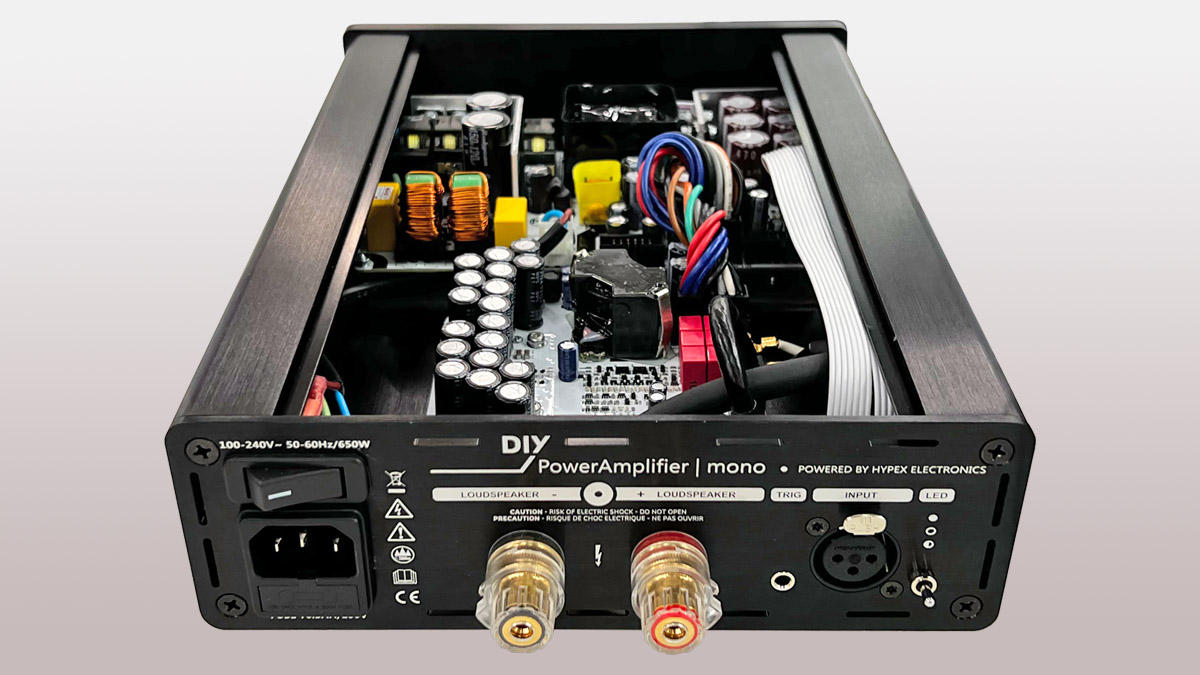Well then noise in such an amp is mostly residual electric noise. That’s why the THD+N curve first goes down and it is a nice line in those logarithmic plots, because the S/N ratio is worse at lower output. Then distortion starts to pick up and at some point start to increase more and more steeply. It may have a new local minimum or two before shooting up because of the order of the feedback loop: second order may have one extra minimum, third order like Eigentakt or Nilai could even show a second one, in theory, but that additional (subtractive) resonance may be well after the clipping point. This is by far the most likely explanation.
However, it could also be a strange increase of the noise, and in theory one could observe some subharmonics of the switching frequency, but they are still quite far from the measured frequency.
In Munich Putzeys this year told me that the Eigentakt does not have that type of curve at most frequencies, that the distortion factors just jump up only at the last moment at all frequencies, so residual electric noise dominates almost always, and of course he made sure I understood that this is because he did a superior work, and the others can only catch up with trial and error while he uses mathematics

We know him. I actually find him a likeable person, I do not like people that hide the fact that they are aware of their intelligence - I know I have myself a “stellar” IQ and this is for me just a random gift I have been given with which the moral imperative is that I have to do good stuff with it, contributing to a make this world a better place. So it is just responsibility, definitely not superiority, and for the most I am even failing.

 www.audiosciencereview.com
www.audiosciencereview.com

